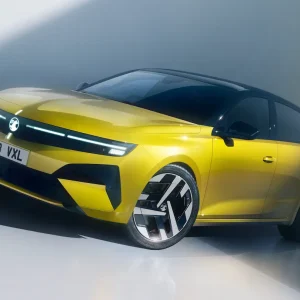Two Kia E-Niros have become the first fully electric emergency response vehicles to be used by the South Central Ambulance Service NHS Foundation Trust (SCAS).
The cars have been designed and adapted by South Central Fleet Services with equipment, medication and supplies needed by first responder paramedics, deployed to reach patients quickly under emergency driving conditions.
The cars, which are expected to save 25% in maintenance costs over a petrol or diesel equipment, are being used as part of an initial pilot study, with more electric response vehicles set to join the SCAS fleet once their effectiveness has been proven.
A driving range of up to 282 miles from a single battery charge is said to be well in excess of the estimated 90-100 miles the vehicles will cover per shift, and chargers are available at the trust’s ambulance stations, as well as local hospitals, so the vehicles can be topped up if needed while on standby.
SCAS is said to have begun looking for a suitable EV to deploy more than 18 months ago, and found the E-Niro best met its requirements.
SCAS head of education – driving Nick Lambert said: “We tested quite a few electric vehicles and the Kia e-Niro came out on top every time as an all-round, versatile option for what we were looking for in our emergency response vehicles.
“Our staff will require extra training before taking the Kia E-Niro out on the road. Electric vehicles perform slightly differently from traditional vehicles.
“We’ll need to train staff in how much more responsive they are in terms of acceleration and how to drive using regenerative braking, which allows us to regain energy whilst the vehicle is moving to extend its range.”
SCAS director of finance Charles Porter said: “I am delighted that these first two fully electric, zero emission emergency response vehicles will shortly be introduced to our operational fleet.
“I would like to thank everyone in the project team for their determination and commitment to delivering this significant step in our strategy to continually reduce our environmental impact.
“As an organisation, we operate over 1,300 vehicles to deliver our services so being able to move to fully electric vehicles will be vital in order to deliver our environmental goals. We are key partners in national projects to deliver zero emission emergency vehicle fleets and we are already exploring how we can bring electric vehicles into our emergency ambulance and patient transport service operations.”





